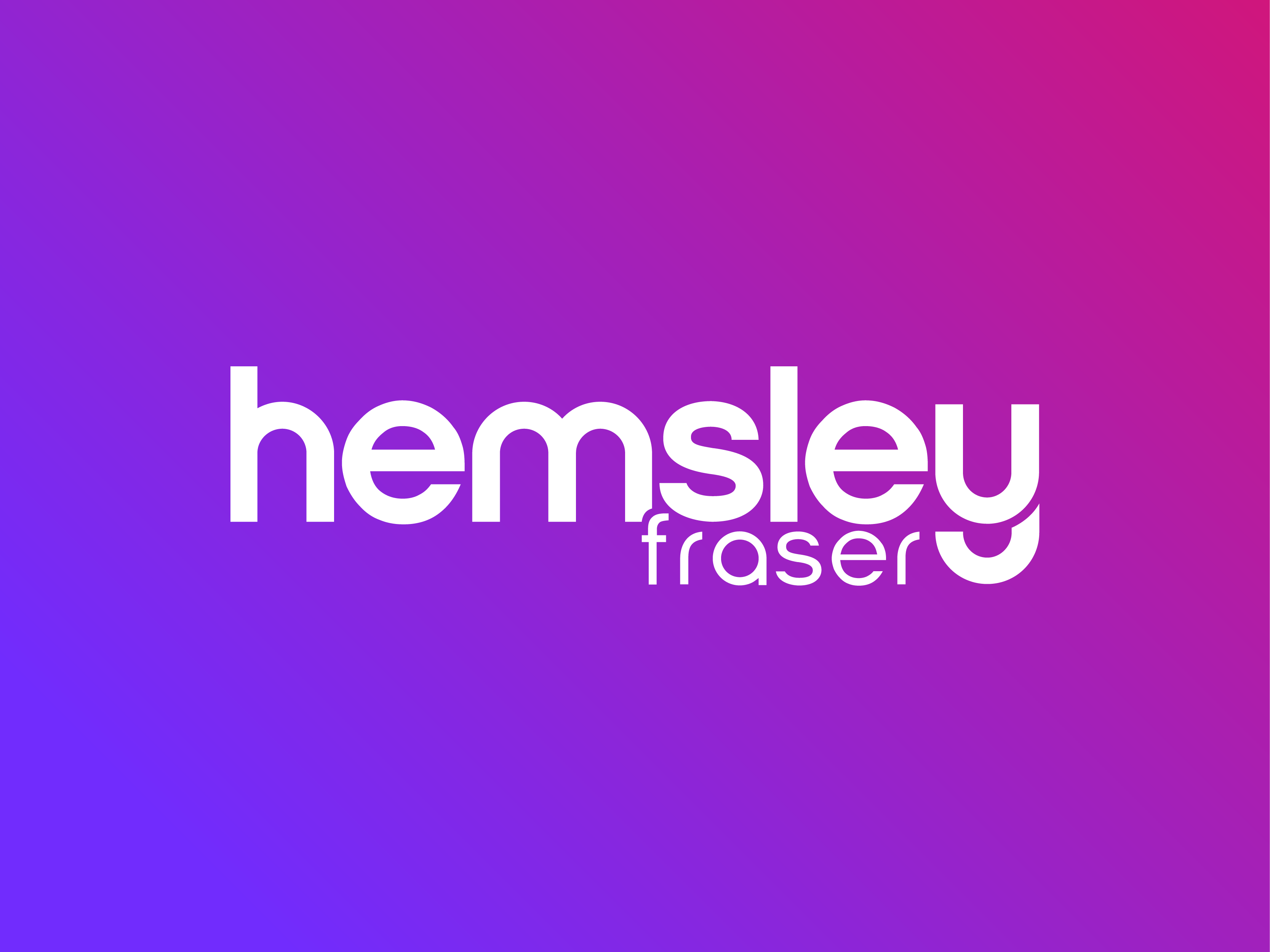You can always custom build your own custom course, Why not explore our building blocks library or book a consultation with our team
Let’s address the questions you really need answered – what is hybrid learning, what benefits can it bring, how does it work in practice, where can I get help?
Hybrid working is still very new, but it is here to stay. Leaders are wrestling with the challenges it can bring and need support equipping their people to make it work.
- Extra knowledge silos emerging impacting productivity
- Leaders struggling to build trust digitally
- High productivity at cost of employee wellbeing
- New starters feeling isolated
- Democratising strong soft skills for all
Done well, hybrid working can be agile, inclusive and future-focused. Done badly, it will be frustrating, isolating and clunky.
You will not drive successful hybrid working with traditional learning.
1. What is hybrid learning?
Is hybrid learning only online? Is it better or just different? Is it the same as blended learning?
Hybrid learning is all about making the best use of times, spaces, and opportunities to grow skills and capabilities.
Hybrid learning maximises productivity (relevance, just in time), engagement (learning that suits me, my role, my context), connectivity (social networks, knowledge sharing, synchronous, asynchronous), and sustainability.
Blended learning involves combining face-to-face, online and other activities in a seamless and complementary flow of learning. Hybrid learning may also combine learning channels - but the context, intent and focus can be rather different.
2. A vision for hybrid learning
Real hybrid learning is...
- inclusive and accessible, yet challenges traditional boundaries
- empowering people to learn and develop in the rhythm of their work and lives
- taking a human-centred approach, blending methods for the greatest impact, enabled by technology, not driven by it.
- enriching, by creating belonging and connection through collaboration and social learning
- part of an agile and continuous learning culture, where skilling, re-skilling and futureproofing are role modelled and encouraged.
New ways of working need new ways of learning.
3. Hybrid working and hybrid learning
The smart move is to address hybrid working and hybrid learning as two sides of the same coin – so your efforts can pull in the same direction, reinforcing rather than competing.
The mindset, behavioural, process and technological shifts needed for hybrid learning can enable hybrid working, and vice versa.
By working collaboratively with other relevant teams, you make more of your investment, gain traction quicker, and avoid overwhelming an already overloaded workforce.
4. Don't fall behind - demand is increasing
Recent studies show that the demand for learning is increasing. Not acting isn’t an option.
Going into 2022, professional development is top of mind with many willing to give up key benefits such as vacation time (52%). However, 85% of the global workforce are not satisfied with their employer's support.
They are looking for organisations to provide:
- more learning and skills development (34%)
- higher salaries (31%)
- and opportunities for new roles within their company (30%)
(Source: Oracle, 2021)
Hybrid learning, done well, can make a real difference to individuals, managers and organisations, ensuring they have the skills for today and tomorrow. Done badly (or not at all) risks skills gaps, retention issues, decreased engagement and falling productivity.
5. How does it work in practice?
Designing and delivering learning opportunities all require insight, expertise and experimentation to get them right – particularly hybrid learning. Hybrid is not the same as virtual - there is some overlap, but there are some particular challenges to address.
For example, variety can be more engaging, but infinite variety can be overwhelming. Context matters - try matching the learning context to the work context. If their job involves mostly presenting online, make their presentation skills learning online too.
With the recent explosion in digital learning, the array of learning options is greater than ever. Choosing the best learning channel, or the best combination of channels, to meet any particular learning need is now much more complex, but also potentially more powerful.
Hybrid learning requires an agile approach to measure challenging traditional data sources.
6. How ready, willing and able is your business and L&D team?
Given the understanding of ‘hybrid’ is still emerging, an evolutionary approach is sensible – frequently revisiting and refining the roadmap.
- How equipped is the learning team and providers to scope, design and deliver our future skills in a hybrid context?
- How fit for purpose is our technology – how robust is infrastructure, how usable are our apps, how engaging are our products, how exciting is our proposition?
- How hybrid-savvy are our functional and business leaders? To what extent do they role model the behaviours needed to succeed?
- How will we measure hybrid learning? What data do we have, what don’t we have? Do we have the ability to translate the data into valuable insight?
- How does our culture support/hinder hybrid learning? How can we maximise our cultural strengths to support the shift we need?
- To what extent do our processes, ways of working, budgeting, resources ready?
7. Where can I get help?
The good news is, help is available...
Find out more about Hybrid Learning in our new interactive Fluidbook - click here














